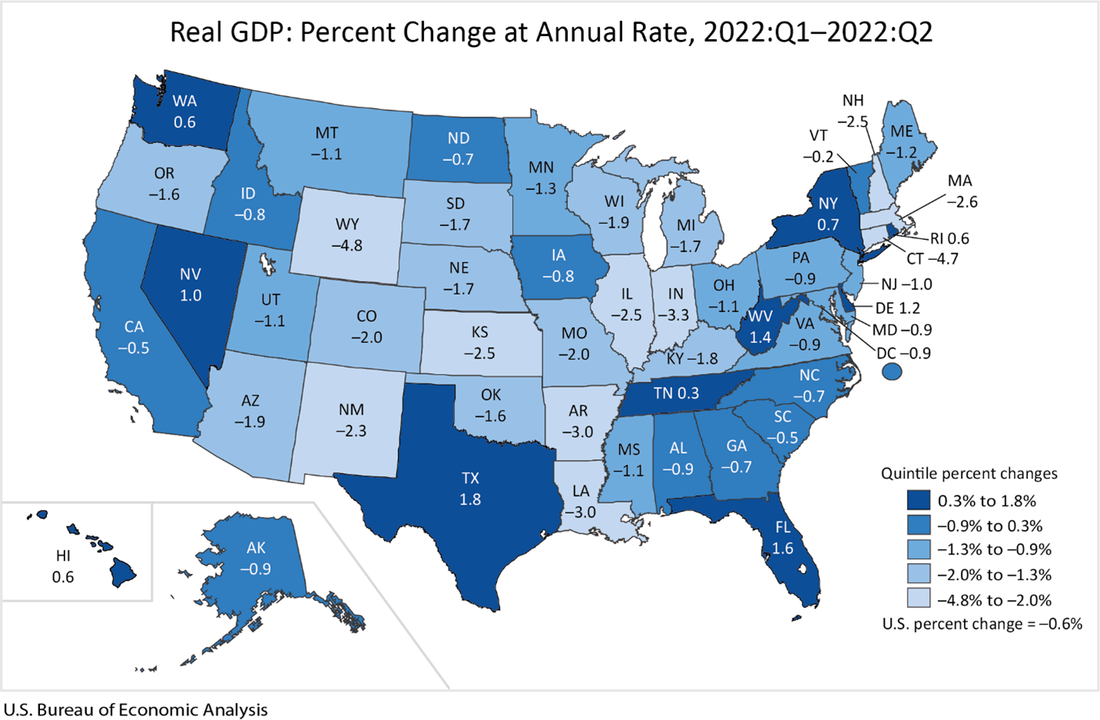|
Key Point: Texas recently leads the way in job creation and economic growth but there’s more to do to help struggling Texans deal with the state’s affordability crisis, especially freezing government spending and moving further to sales taxes. Overview: Texas has been a national leader in the economic recovery since the inappropriate social and economic shutdowns that caused a severe recession in Spring 2020. This includes reaching a new record high in total nonfarm employment for the 12th straight month, leading exports of technology products for 20 consecutive years, and being home to 54 of the Fortune 500 companies. While the 87th Texas Legislature in 2021 supported the recovery by passing many pro-growth policies like the nation’s strongest state spending limit, there’s more to do in 2023 to remove barriers placed by state and local governments. Solutions include governments passing responsible budgets and returning surplus tax dollars collected to taxpayers by reducing property taxes until they’re eliminated. Other states are cutting, flattening, and phasing out taxes, so Texas must make bold reforms to support more opportunities to let people prosper, mitigate the affordability crisis, and withstand destructive policies out of D.C. Labor Market: The best path to prosperity is a job, as it helps bring financial self-sufficiency, dignity, hope, and purpose to people so they can earn a living, gain skills, and build social capital. The table below shows the state’s labor market for October 2022. The payroll survey shows that net nonfarm jobs in Texas increased by 49,500 last month, resulting in increases for 29 of the last 30 months bring record-high employment to 13.6 million. Compared with a year ago, total employment was up by 694,200 (+5.4%), which was the fastest growth rate in the nation, with the private sector adding 670,200 jobs (+6.1%) and the government adding 24,000 jobs (+1.2%). The household survey shows that the labor force participation rate is slightly higher than it was in February 2020 but below June 2009 at the trough of the Great Recession. The employment-population ratio is nearly back to where it was in February 2020, and the private sector now employs 600,000 more people. Texans still face challenges with a worse unemployment rate, though historically low, and nonfarm private jobs just recently above its pre-shutdown trend (Figure 1). Figure 1 compares the ratio of current private employment to pre-shutdown forecast levels in red states and blue states if both chambers of the legislature and the governor are Republican (dark red), Democrat (dark blue), or some combination (lighter colors). The results show a clear distinction between red states and blue states, with the stringency of restrictions by governments during the pandemic along with pro-growth policies before and after the shutdowns playing key roles. Specifically, 22 of the 25 states with the best (highest) ratios are in red-ish states while 13 of the 15 states and D.C. with the worst (lowest) ratios are in blue-ish places. Figure 1 Figure 1 is informative because only Republican governors, with the exception of Louisiana, ended the supplemental unemployment payments that contributed to some people receiving more than while working before the payments expired. These data indicate a strong relationship between sound policy and more job creation. Overall, multiple indicators should be considered as the unemployment rate is a rather weak signal of the labor market. While the labor force participation rate in Texas exceeds where it was before the shutdowns, and the 4.0% unemployment rate could be full employment, the employment-population ratio is 0.2-percentage point above the pre-shutdown ratio. Economic Growth: The U.S. Bureau of Economic Analysis (BEA) provided the real gross domestic product (GDP) by state for Q2:2022. Texas had the fastest GDP growth of +1.8%—to $1.85 trillion—on an annualized basis (above the -2.6% U.S. average). These followed Texas’ GDP growth declines of -7.0% in Q1:2020 and -28.5% in Q2 during the depths of the recession. GDP rebounded in Q3 and Q4, yet declined overall in 2020 by -2.9% (less than -3.4% decline of U.S. average) but increased by +3.9% in 2021 (below the +5.9% U.S. average). The BEA also reported that personal income in Texas grew at an annualized pace of +9.3% in Q2:2022 (ranked 3rd best and above the +5.8% U.S. average) as job creation and inflated income measures found their way across the economy.
Bottom Line: As Texas recovers from the shutdown recession and faces an uncertain future with the U.S. economy having stagflation and a likely recession, Texans need substantial relief to help make ends meet. While the Texas Model was strengthened by the 87th Legislature last year from less government spending, taxing, and regulating, more is needed for limiting government at the state and local levels. Recommendations: In 2023, the Texas Legislature should improve upon its past efforts by:
Comments are closed.
|
Vance Ginn, Ph.D.
|




 RSS Feed
RSS Feed